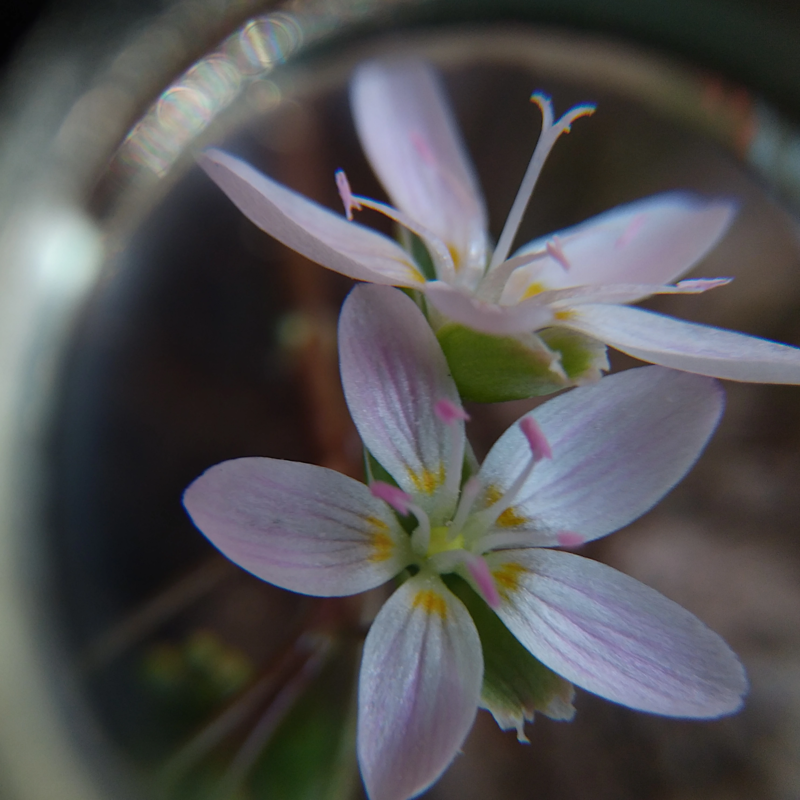
A dwarf skyscraper with the regulation base-shaft-cap formula, this elegantly simple commercial building was designed by Joseph F. Kuntz for the William G. Wilkins Co. and finished in 1907. It used to be known as the Graphic Arts Building before it was turned into luxury apartments. Soon every building downtown will be luxury apartments, and all the commercial offices will have to move to the suburbs.













